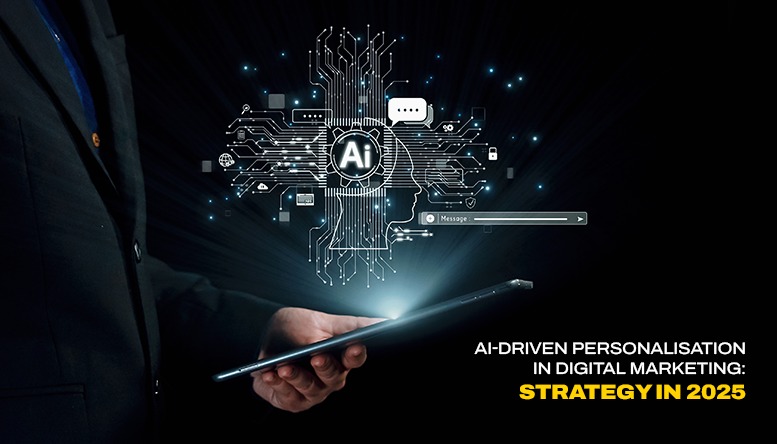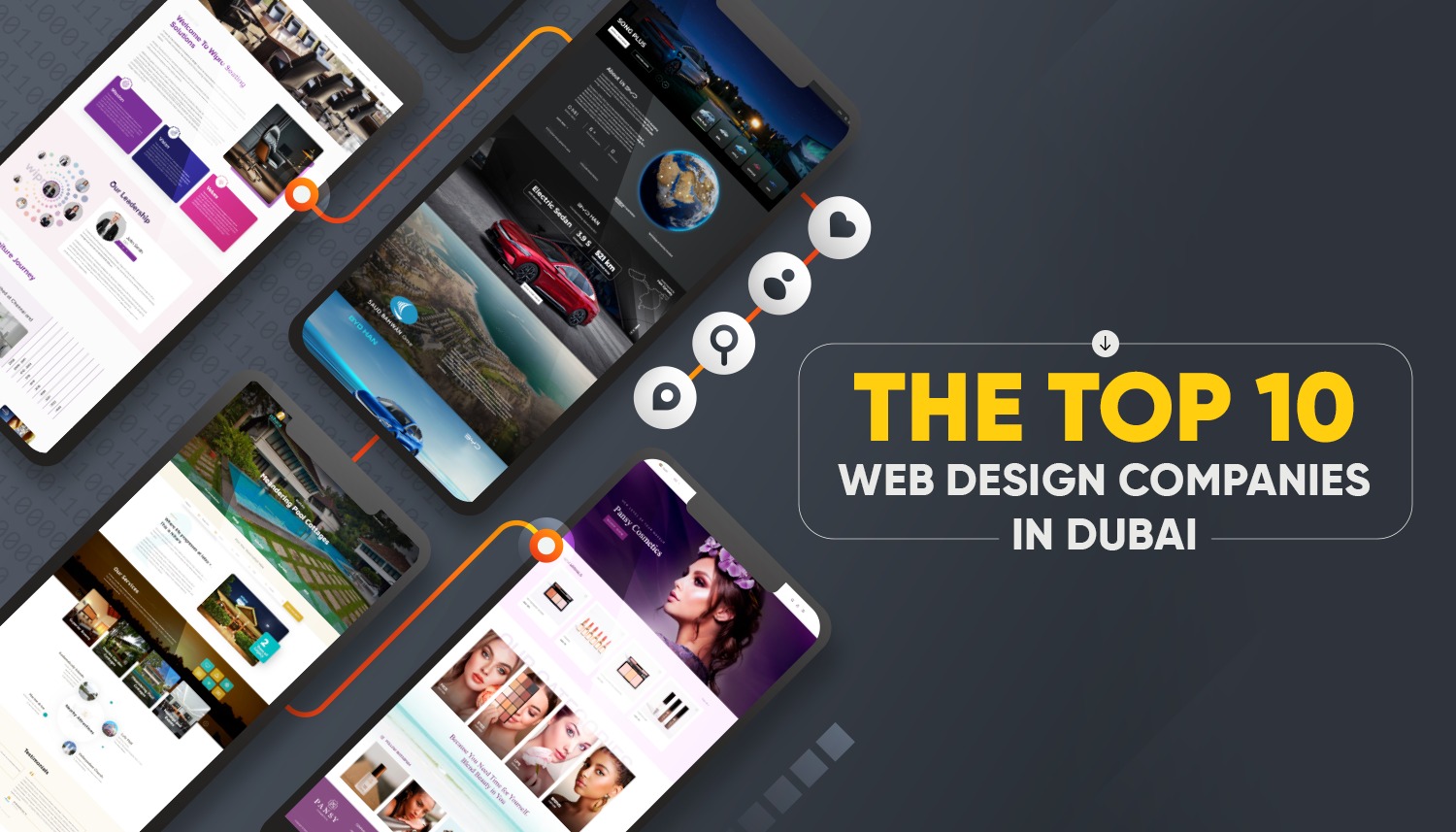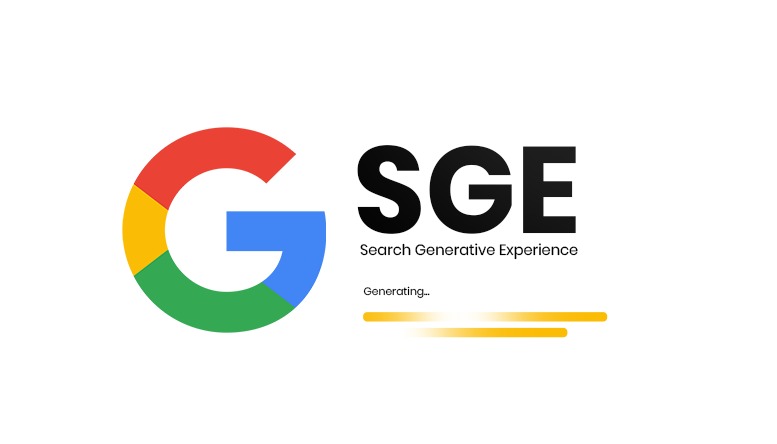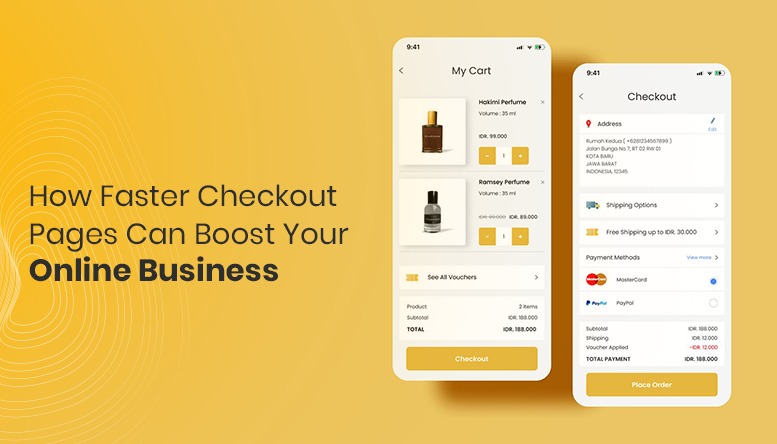iOS vs Android App Development: A Quick Comparison
- September 10, 2024
- Post By: Inter Smart's Content Team
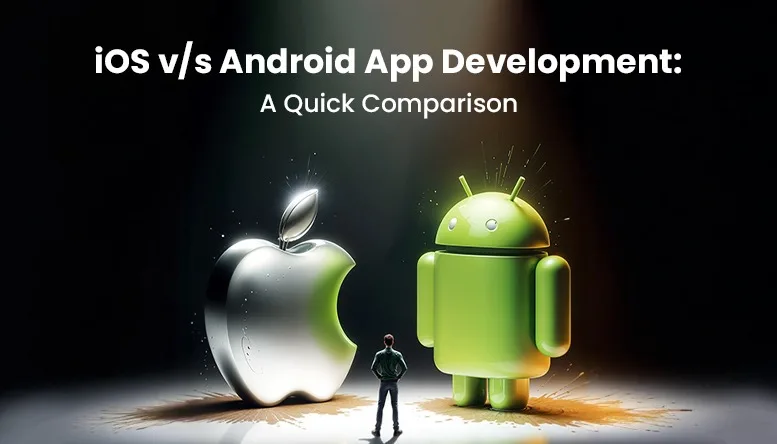
Mobile apps, both iOS and Android, have become an important yet unavoidable part of our lives today. When it comes to iOS vs Android App Development, developers often find it difficult to decide which platform to build for due to a number of factors. Let’s walk through the major differences between the two under the umbrella of several aspects
Market Share And User Base
According to the latest data, Android dominates the world, owning more than 71% of the market share, the latter being iOS with 27%. This shows that Android has a wider distribution in devices, starting with top-level ones and ending with devices for budget-conscious individuals. On the other hand, iOS is used predominantly in areas with higher income like North America and some parts of Europe thus people who use iOS devices are relatively wealthier.
Let’s compare: iOS vs Android App Development
The comparison spans several aspects that concern both teams.
Development Environment
iOS Development:

The setup of iOS development is pretty strong and the tools provided are smooth. The primary language for iOS development is Swift, which Apple introduced in 2014 to replace its earlier programming language, Objective-C. It is important to note that Swift is optimized for being fast, safe, and expressive so that developers can develop more efficient codes for their applications.
Xcode is a set of development tools by Apple it includes an editor for source code, a graphical interface designer, and a debugger. Xcode’s simulator enables developers to run the app on different iOS devices without requiring them to own the device. This ecosystem thus makes it possible for developers to create great apps without much hassle.
One perfect example of this is Airbnb’s iOS app. The features and speed of the app increased greatly when the company shifted from Objective-C to Swift thus making it easier for customer experience and the expenses incurred in maintaining the app.
Android Development:
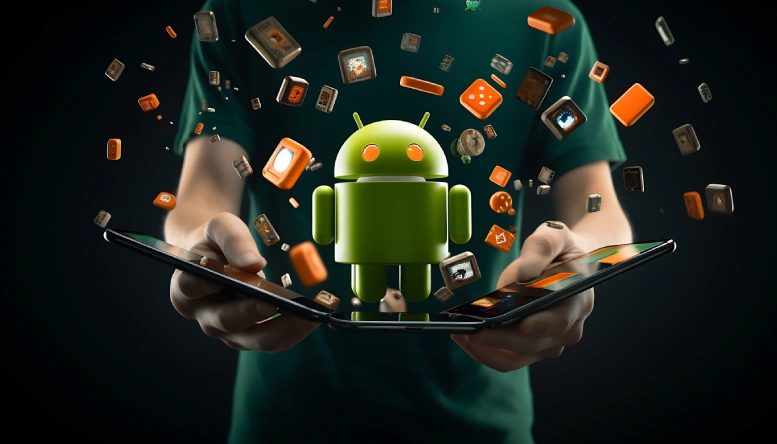
Java and Kotlin are the main languages used to develop Android. Although Java has been the go-to language for development for multiple years, Kotlin has gained popularity since Google declared it as one of the official languages for Android development in 2017. Many developers choose Kotlin because of its syntactic density, null safety, and compatibility with Java.
Android Studio offers a range of features such as a layout designer, code inspection tool, and user interface to monitor CPU, memory, and network utilization. The adaptability of Android Studio makes the development and testing of the applications smooth and fast in multiple devices and Android editions.
Example:
For convenience and security, Kotlin is being implemented in the Android application of Pinterest. By switching to Kotlin, Pinterest was able to write code that is easier to maintain and make their processes faster while decreasing the amount of bugs.
User Interface Design
iOS:
This is the key idea behind Apple’s design approach and everything the company does reflects this value statement. Designers follow the Human Interface Guidelines (HIG), which include simplicity, smooth transition animations, and coherent user engagement. The UIKit framework contains utilities for developing a clean UX/UI design that compliments the overall design of iPhones and other Apple devices.
The Notes application on iOS is one of the best examples of the principles of design of Apple. It has a simple and minimal design, fluid animations, and natural user engagements that can enable users to write notes, categorize them, and share them across devices effortlessly.
Android:
According to Google’s Material Design guidelines, the main goal is to develop a design language, which is based on traditional principles of design, but also on innovation and new technologies. Material Design recommends the use of a grid system, responsive animations, and padding. This means that with GUI, the developers can come up with the desired and distinguishing app look and feel without compromising on usability.
Example:
Google Keep app also exemplifies the Material Design principles in its card style, colors, and elements. The choice of this design approach helps increase user engagement since the app is well-designed with good user interface.
App Monetization and Market Accessibility
iOS App Store:
Apple’s Store is famous for its strict app approval policy, allowing only the best quality apps to be uploaded. This ecosystem also helps protect users while enhancing developers’ credibility at the same time.
Research and user analysis show that users on the iOS platform are more willing to spend money on applications and in-application purchases. This makes the iOS platform more appealing to developers whose primary area of interest is monetizing through paid applications and in-app purchases.
The examples that include “Procreate,” a paid sketching app for iPad, indicate the monetization of apps on iOS. Still, Procreate has attracted many users and generated a great deal of income because of its functionality and, of course, price.
Google Play Store:
When compared, Google Play Store has a less strict approach to app submission and covers more varied app categories and content. This inclusivity enables the developers to cater to a broad market range of users, the lower-end users all the way to the high-end ones.
Android monetization tends to leverage application adverts and freemium due to the openness of the platform to a range of customers. As we can see, the average revenue per user or ARPU is much lower than that of iOS, however, the sheer number of Android users can make up for this through download numbers.
Example:
Some of the most popular Android games on Google Play Store today, including “Clash of Clans” and “Candy Crush Saga,” are developed using the freemium model where the games are available for download and play for free, but players can pay for special features if they wish to do so.
Get A Call back from Our Expert
Need tailored guidance or have specific questions? Simply request a callback, and one of our knowledgeable experts will reach out to you at a time that suits your schedule.
Marketing
Services
